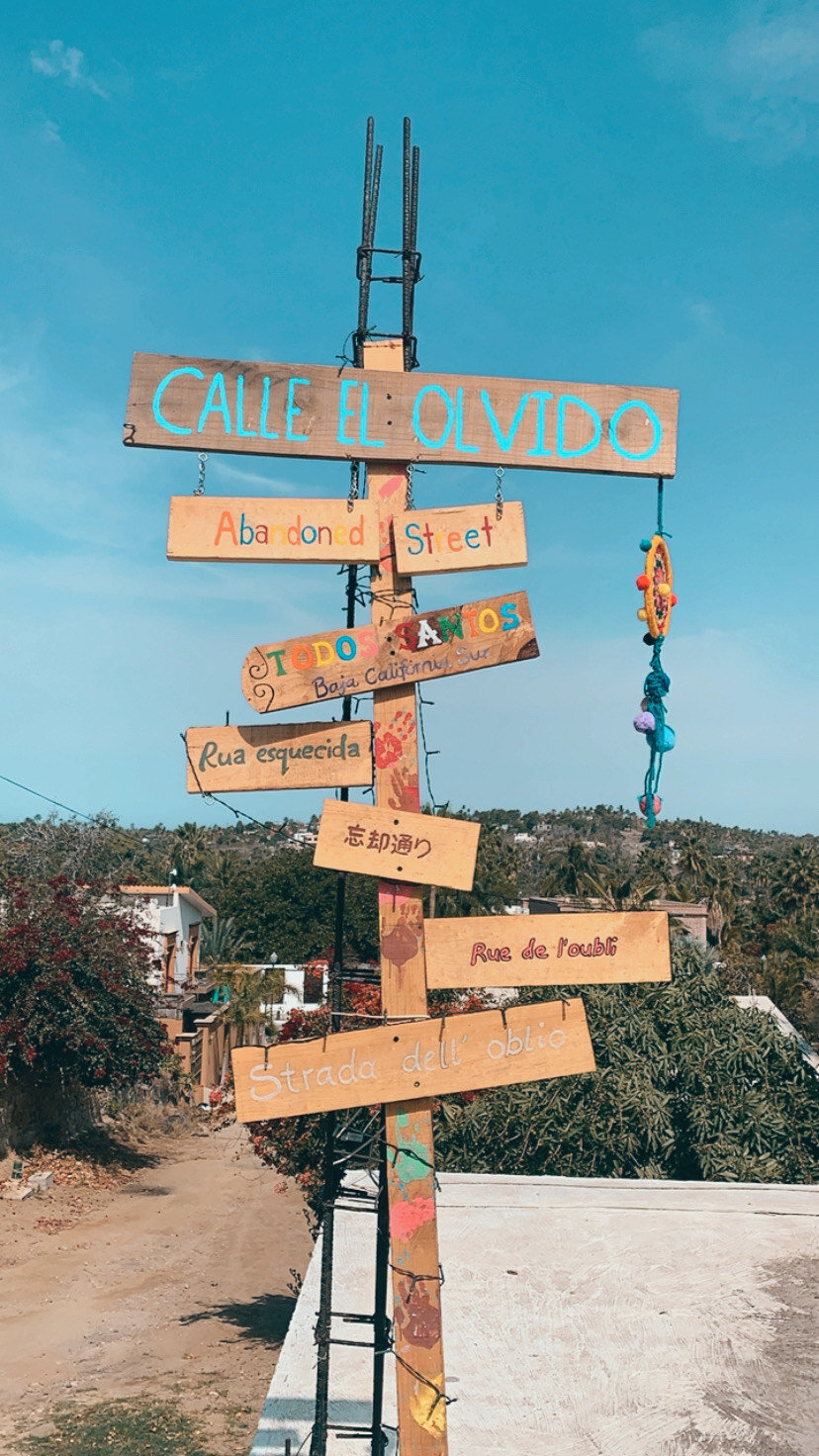It’s no secret that eating a plant based diet in Mexico might be a challenge, but I didn’t realize that being vegan in Baja would be a whole other challenge. Baja California and Baja California Sur might have the appearance of being more touristy and trafficked than mainland Mexico, but the truth is, Baja is way more remote, making it harder for plant based travelers to find food.
I recently did a road trip through Baja and Baja Sur, hitting many of the major cities. I’ve been vegan for 3 and a half years, and Mexico was the first place I’ve traveled to in 2 years of full time travel, where I felt like it was genuinely difficult to be vegan. That being said, it definitely wasn’t impossible!
My main tip is to have access to some sort of cooking facility, especially in Baja Norte. The Northern state of Baja is considerably more remote once you leave areas like Tijuana and Ensenada and head south. I would suggest carrying a small camp stove if you’ll be camping, or staying in hostels, which almost always have a kitchen you can use.
Vegan Street Tacos in Loreto
The Basics
Trying to eat plant based in Mexico is hard, especially when you don’t speak a lot of Spanish. My go to was “Soy Vegana,” meaning “I am vegan,” when I ate out at vegetarian places, and at regular restaurants, say, “Sin carne, sin queso, sin heuvos, sin leche,” meaning “without meat, cheese, eggs, or milk.” The main risk you’re taking is that beans and even rice may have lard in them. You can ask by learning the word for lard, which is, “Manteca de cerdo.” I also found it helpful to know the words for beans, rice, and avocado, which are: frijoles, arroz, y aguacate.
Another amazing fact about being vegan in Baja is that corn tortillas are always vegan by default. Flour Tortillas usually have lard in them. Also, it’s worth it to ask about fabrics in souvenir shops, because some blankets and sweaters are made with wool instead of cotton.
Vegan Waffles in Loreto
Eating Vegan in Baja Norte
Baja Norte is the northern part of Baja California. Like I said, it’s a lot more remote than Baja Sur. The easiest way to be vegan in Baja Norte is to buy groceries along the way and cook for yourself. There are lots of opportunities to buy groceries along your route, but I’d suggest stocking up before going to places like Puertecitos, Bahia de Los Angeles, and through the coastal desert on the Pacific side.
We loved grocery stores like Calimax for getting local groceries, and even found plenty of organic produce. There are also fruterias, tortillarillas, and other local spots like a juice shop I happened upon in San Felipe, that were worth stopping at for local fresh produce and food.
Eating Vegan in Baja Sur
Baja Sur is a lot more fun when it comes to eating plant based. There is usually at least one vegetarian spot in town, or at least a restaurant with vegan options. These are my favorite spots to eat in each major town we stopped at in Baja Sur.
Guerro Negro
Guerro Negro is the first spot you’ll hit during your trip south when you cross the state line into Baja Sur. While this town isn’t a lot to write home about, it was the first city I visited in Mexico that had a vegetarian restaurant. It’s called Soy Salud, and it’s woman owned and operated, and she was so nice when I explained (via Google Translate) that I was vegan and happy to eat anything. $6 USD got me a three course meal, including rice and beans, soup, and a taco.
Muluge
Muluge is forever going to be one of my favorite towns in Mexico. It’s amazing for walking, souvenir shopping, and beach camping. There was also one restaurant in town called Los Epiquales, where I was able to get a huge vegan meal for only $8 USD. It included a salad, a bean taquito, rice, beans, a taco, and more! Simply tell them “soy vegana” and you’re good to go!
Amazing food spread from Los Epiquales in Muluge
Loreto
Loreto is by far the most vegan friendly city I’ve visited in Baja, Mexico. It not only had the first all vegan spot we found, but it had lots of vegan options throughout the city. My favorite spot was Waicura. It had incredible Mexican food (I had the Chilequiles), and even American-style breakfast options like vegan waffles and French toast.
Loreto had tons of vegan options though, and we loved going to Snacks 22 and The Green Shack for small lunches while we walked around town. There was also an unnamed taco stand near the square that had vegan bairilla style tacos!
Chilequiles from Waicura in Loreto
Todos Santos
Todos Santos was one of the most touristy cities we went to, and I thought they’d have better vegan options than they do. I was able to find an awesome smoothie bowl place called Pura Vida, which was a great way to fuel myself before heading to the beach!
Smoothie bowl made with local produce from Pura Vida in Todos Santos
While Baja isn’t the most vegan friendly travel destination, that doesn’t mean there aren’t options. I always say, it’s easy to be vegan anywhere as long as you’re willing to cook and do your research first!



















